What is the difference between RTD and Thermocouples ?
1 Answers
There are two categories of sensors which can be used in an electric circuit:
Those which impact an existing current, the measure then consists in interpreting the current variation into something meaningful for the measurement. They can be resistive, capacitive, inductive, but overall they are passive. RTD are part of this group.
Those which create a current where it doesn't exist, e.g. a coil measuring a magnetic field. They are active, usually named transducers. Thermocouples are part of this group.
Resistance temperature detector
A RTD, as the name implies is based on a resistor, actually a variable metal resistor.
Placed in a circuit, it modulates the current in the circuit, following Ohm's law: $\small I=U/R$ (or $\small I=V/R$ in Anglo-Saxon convention).
Any material has a variable resistivity which varies with temperature, according to a resistivity coefficient which is usually positive, meaning resistivity increases with absolute temperature (a consequence of the Brownian motion increase).
Some materials have a negative resistivity coefficient, meaning their resistivity decreases with temperature. These are the ones usually preferred when measuring the temperature, as they are more reliable and sensitive.

RTD types, source
RTD are preferred below 500°C.
Thermocouple
A thermocouple is a generator of electromotive force (emf). To keep it simple, emf can be seen as a voltage. So a thermocouple generates a voltage, and measuring the temperature leads to measuring this voltage.
Thermocouples convert heat into voltage taking advantage of the Seebeck effect, which is based on a junctions of a metal couples (hence the name thermocouple) having a large difference in their Seebeck coefficients. The related junctions are referenced as hot junction (where the measure is done) and cold junctions (the reference):
Seebeck effect is reciprocal of Peltier effect.

EGT/TIT thermocouple, source
Thermocouples are preferred over 500°C, they are more robust and reliable for high temperatures.
- 366
- 1
- 9
-
But for temperatures over 500 °C a suitable thermocouple should be selected. Type T (copper–constantan) may be used up to 350 °C continously. – Uwe Nov 27 '17 at 19:58
